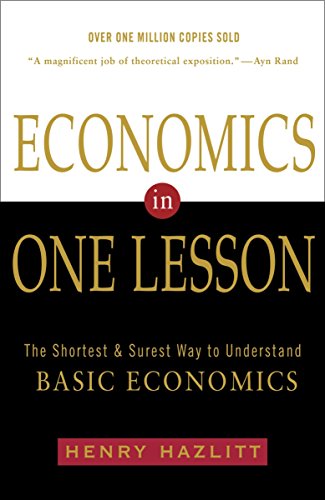Saul Levmore and Martha Nussbaum, two professors at the University of Chicago Law School, have written an article in the Wall Street Journal entitled “Let’s Agree on an Age to Retire; Current antidiscrimination law hurts businesses and both younger and older employees” (September 23-24, 2017, p. C4;). These two professors should be ashamed of themselves for writing this bit of economic illiteracy. The University of Chicago Law School, which prides itself on its economic sophistication, should immediately fire them for violating that characteristic. And the Wall Street Journal, which also claims some economic sophistication, and, sometimes even achieves it, should greatly regret publishing this contribution to economic fallacy.
Wherein lies the blunder of these two authors? They write as follows: “In the U.S. after many years of a declining retirement age, the average worker is now retiring later, which means that there are fewer jobs for young people.”
Fewer jobs? Give me a break. The number of jobs is limited, only, by scarcity. As long as people want more goods and services than they already have, which pretty much means forever, given human beings in their present incarnation, there will be no limit, no limit whatsoever, on the number of jobs. Lookit, Profs. Levmore and Nussbaum: when the automobile replaced the horse and buggy, there were many fewer jobs in the latter industry. Any problem with that? Of course not. Ditto for when the computer replaced the typewriter and the cell phone the old fashioned camera. The number of jobs is not a fixed amount, such that if some people take more of them (the elderly in this case), there will be fewer for others (youngsters). Rather, the number of employment opportunities is as flexible as can be. No one can “hog up” jobs, and limit them for other people, at least not in any economy with even a vestige of freedom.
 Economics in One Lesso...
Best Price: $2.43
Buy New $7.43
(as of 12:35 UTC - Details)
Economics in One Lesso...
Best Price: $2.43
Buy New $7.43
(as of 12:35 UTC - Details)
Here is another howler of theirs: “In most workplaces, wages rise with seniority, but productivity does not.” Whoa. We have a law in economics to the effect that wages tend to equal marginal revenue product, or productivity. If a gap forms between the two, market forces tend to equalize them once again. Possibly, what Profs. Levmore and Nussbaum say in this regard can occur when government is the employer, but certainly not in the private sector. If wages exceed productivity, losses will be registered, and bankruptcy is sure to follow.
Now grab ahold of this one: “… employers hesitate to hire middle-aged workers, who may stay on the job long after their pay has exceeded their productivity.” Here, these authors double down on their ignorance of the fact that when wages are higher than productivity, profits take a sock in the chops. No, no, no, employers who stay in business do not long pay more to their employees than the contribution of the latter. Instead, they fire them. Or, lower their wages! Often, this occurs by giving them no raises, and allowing inflation to eat away at the real value of their pay packets, but when productivity falls, so do wages, or bankruptcy ensues. Reading these University of Chicago Professors, one could be forgiven for thinking that the unemployment rate for “middle-aged workers” is far higher than that for youngsters. But the very opposite is the case (due in large part to the fact that minimum wages are set above the productivity levels of young employees, but below that of the much maligned “middle-aged workers.”)
I have a reading to recommend to all those responsible for this outbreak of dismal science error: Hazlitt, Henry. 2008 [1946]. Economics in One Lesson. Auburn, AL: Mises Institute;
I struggle to the best of my ability, sometimes even successfully, to acquaint my freshman students with the verities of basic economics. Hopefully, they will not be lead astray by the likes of Profs. Levmore and Nussbaum.





